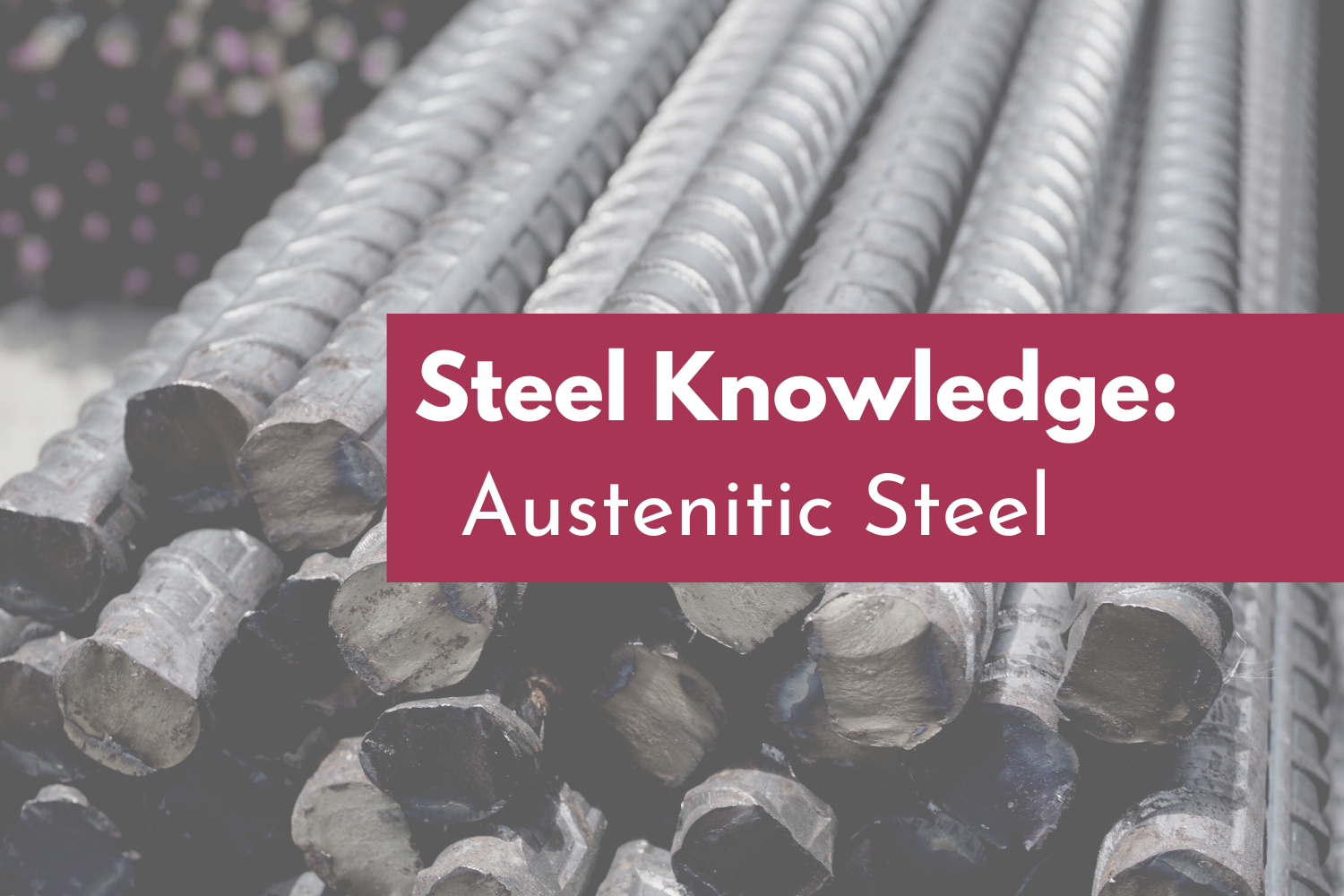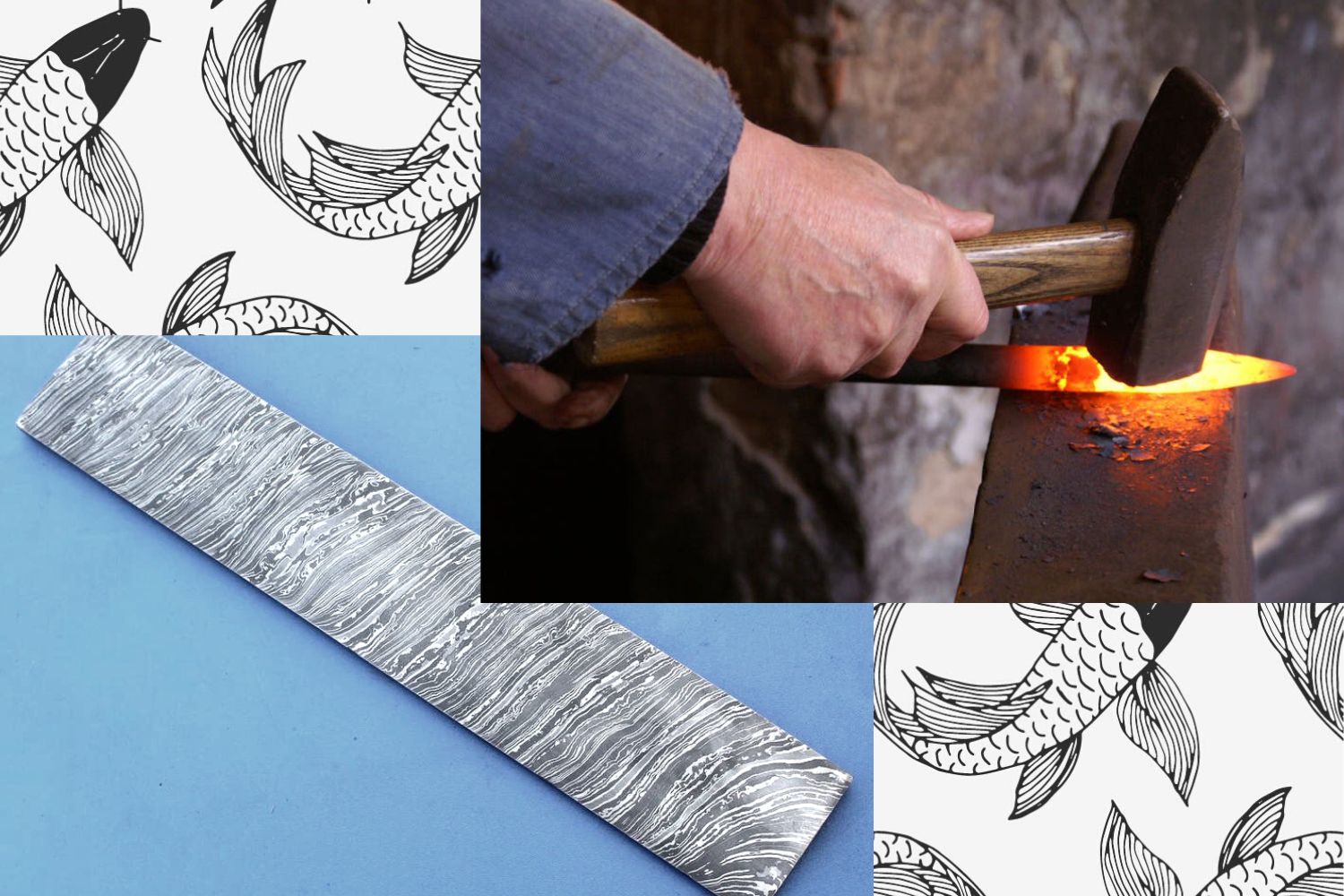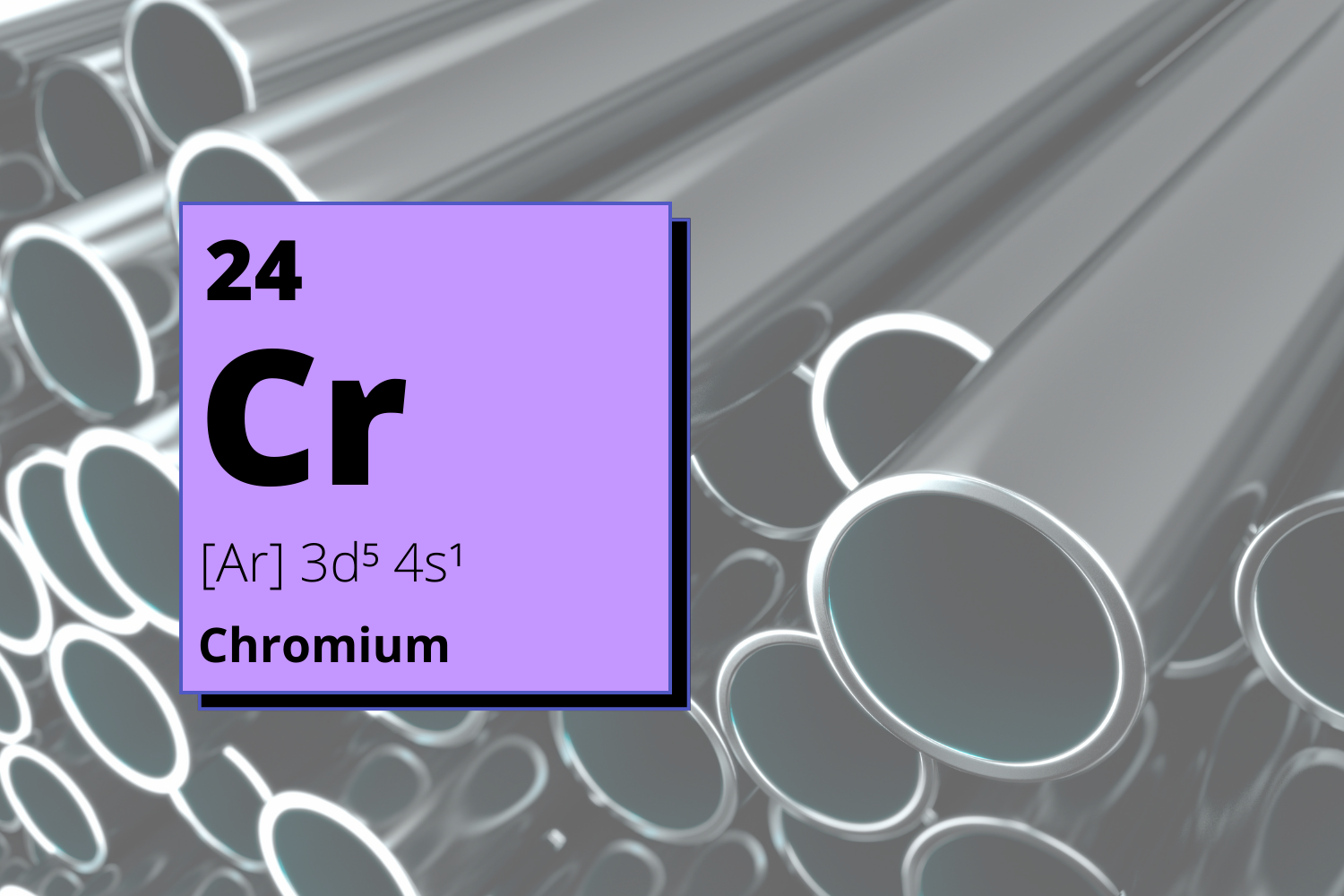What Is Austenitic Steel?
Stainless steel with austenite in it is known as austenitic steel. It has a high concentration of nickel and chromium, improving its ability to be shaped and welded into any shape while offering outstanding strength and corrosion resistance. This is the most often used and preferred metal for industrial uses.
There are two categories of austenitic steels: 300 series and 200 series. For the 300 series steel, at least 8% of nickel is used, while in cheaper alloys, manganese or nitrogen replaces some nickel in 200 series steels.
Austenitics are frequently employed in applications involving stainless steel since they are best known for their ability to resist corrosion. They produce well over 70% of all steel and are also one of the most widely used stainless steels, with grade 304 being the most popular variety.
What Characterizes Austenitic Stainless Steel?
Steel naturally converts into "austenite" when nickel or nitrogen is added to it. The austenite crystalline structure in the material is an important attribute, and the chemical makeup determines the specific grade of stainless steel.
It's crucial to remember that austenitic stainless steel is frequently described as non-magnetic when it is annealed. However, cold rolling austenitic steel, or decreasing its thickness and raising its hardness, imparts some magnetism to the material.
With a yield strength of roughly 200 MPa, austenitic stainless steels can be made to be extremely brittle. However, by cold treating them, the yield strength of these steels can be increased by up to ten times. They can maintain their strength at high temperatures and their ductility at cryogenic temperatures, unlike ferritic alloys.
It is renowned for its corrosion resistance and formability, making it a good material for fabrication.
Chemical Constituents: Austenitic stainless steel has a minimum nickel content of 8% to 12% and a variety of additional elements, including nitrogen and carbon. Nitrogen is a stiffening agent, while chromium provides excellent corrosion resistance.
Austenite Crystalline Structure: In addition to the face-centered cubic lattice structure, stainless steel exhibits an austenite crystalline structure in hot and cold temperatures. The metals nickel, magnesium, and nitrogen stabilize the austenite structure.
Austenitic Stainless Steel Manufacture and Processing
The procedure for making various varieties of stainless steel, including austenitic stainless steel, is substantially the same. The percentage of the metals incorporated in the mixture and the heat treatment procedure used to produce austenite in the steel are the key differences.
The production of austenitic stainless steel can be summed up as follows:
- The raw components (iron, chromium, nickel, etc.) are melted in an electric furnace in a specific concentration to produce the specified type of austenitic stainless steel. The melt temperature is commonly between 1,400°C and 1,500°C and is maintained there for 12 hours.
- Depending on the intended finished product, the molten steel is cast into forms such as blooms, billets, slabs, rods, etc.
- The steel is heated to 1,100 °C (above its recrystallization temperature) during a hot rolling forming process, turning it into steel bars, sheets, wires, or plates by passing it through rollers.
- The following stage is heat treatment, often known as annealing. Controlled heating and cooling procedure reduces internal tensions in the metal and maintains a microstructure with the necessary qualities. Qualities of the steel are influenced by the temperature it is heated, the heating time, and the rate and method of cooling.
A Comparison of Austenitic Stainless Steels: 300 Vs 200 Series
The stainless steels of the 300 and 200 series are both austenitic. Their various nickel contents produce distinctive characteristics. Due to their greater nickel concentrations, stainless steels of the 300 series exhibit better corrosion resistance.
The 200 series stainless steels are distinguished from the 300 series by having less flexibility. However, the increased nitrogen levels bring improved impact resistance and strength. The stainless steels in the 200 and 300 series are neither heat treatable nor magnetic.
Tensile strength, strain resistance, and toughness can all be increased by cold-forming austenitic steels.
Application Areas for Austenitic Stainless Steel
Austenitic stainless steel's mechanical, thermal, and electrical qualities are equally as significant as corrosion resistance, one of its key features. It is essential to carefully and in-depth research the requirements imposed on steel, including those involving maximum load, stiffness, strain, yield stress, etc.
Understanding the steel's microstructural examination in light of its particular applications is essential. Understanding fracture processes, nucleation, and micro-and macro-crack spreading under low cycle fatigue conditions is vital for high-risk systems like nuclear applications.
Standard: 304 & 304L Series Grades
- Pipelines, tanks, and storage containers for corrosive liquids
- Equipment for mining, chemicals, cryogenics, and pharmaceuticals
- Utensils and kitchenware
- Construction
Low-Nickel 200 Series Grades
- Washing machines and dishwashers
- Cookware and utensils
- Domestic water tanks
- Non-structural and interior architecture
- Kitchen and bar supplies
High Chromium and Nickel: 309 & 310 Series Grades
- Catalytic converter parts
- Furnace
- Kiln and related equipment
High Molybdenum: 316L & 318 Series Grades
- Tanks
- Pressure vessels
- Pipelines for chemical storage
Conclusion
Austenite, which bears the last name of Sir William Chandler Roberts-Austen (1843-1902), gives austenitic steel its name. With a cubically surface-centered crystal structure, austenitic steel is a type of steel that contains more than 8% nickel.
It is a member of the group of stainless steels together with ferrous and martensitic steels and demonstrates a superb combination of mechanical qualities with corrosion resilience. Due to these characteristics, austenitic steels are frequently utilized in all industries where corrosion resilience is highly regarded.
Austenitic stainless steel can be an excellent material for creating high-end kitchen knives since it contains nickel and chromium. This type of steel (Alenox X46Cr13), produced by the GDD (Générale de Découpage) in Thiers, is utilized in several professional and table knife collections. Although it has applications in knife-making, it is predominantly used in tool and manufacturing steel applications.




